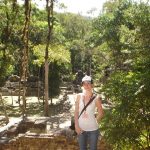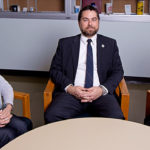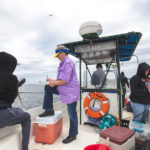Trails, Greenways Offer Economic, Health Benefits to Communities
A study by the Outdoor Industry Association found the U.S. outdoor recreation sector as a whole generates $643 billion in direct spending, directly provides for 6.1 million jobs and accounts for $80 billion in tax revenues. When the indirect and induced impacts of this spending are considered, the total impact is much larger. The annual growth rate for the recreation sector between 2006 and 2011 is 5 percent.
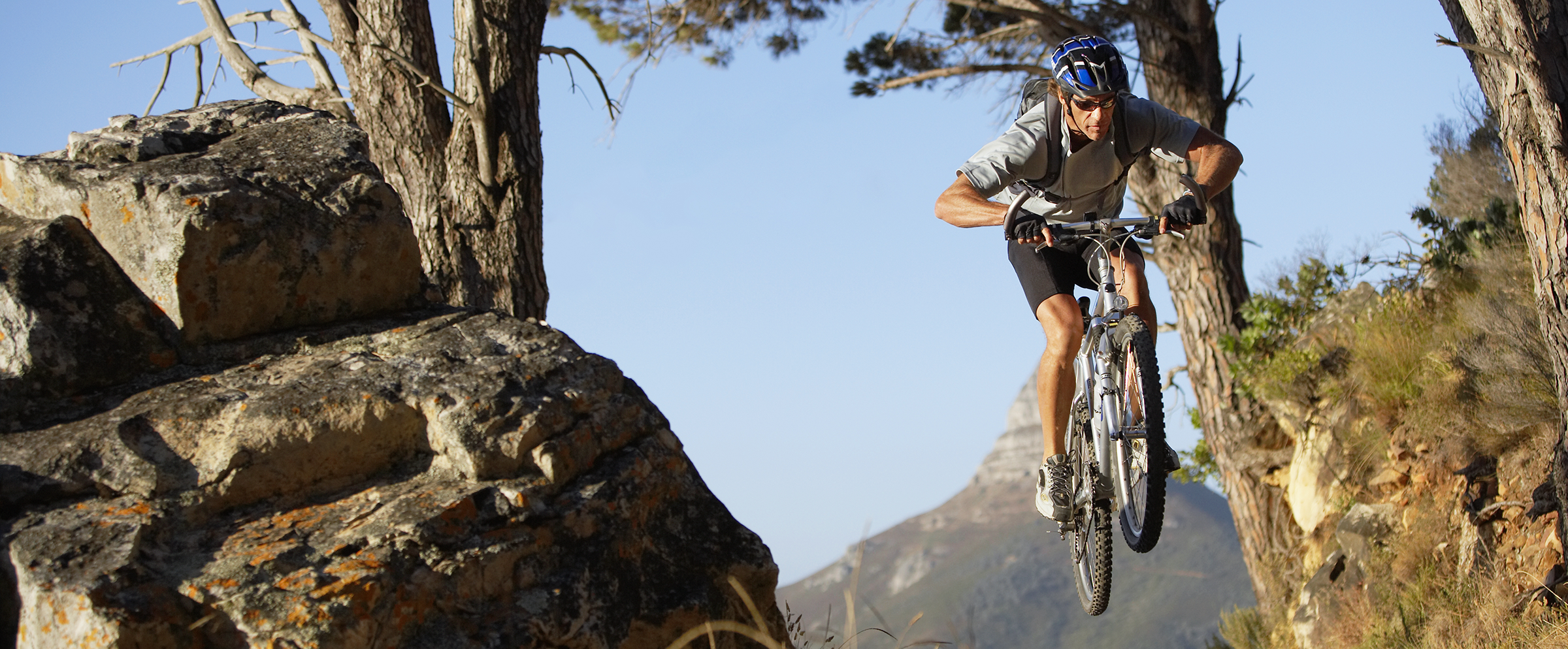
Mountain biking as a recreational activity has become one of the most popular outdoor activities in the U.S. According to the study, cycling alone contributes $133 billion annually to the U.S. economy. It supports 1.1 million jobs and generates $18 billion tax revenue and $50 billion in non-cycling businesses, such as dining, lodging, clothing and entertainment.
Many of the mountain biking destinations in rural and urban communities are also rich in natural resources. For example, biking trails and greenways in Pensacola and the Panama City corridor in Northwest Florida have rich landscapes, waterways, parks and cultural history. Communities along the trail can experience growth in bike tourism and increased economic activity by providing a bike-friendly environment and connecting trails to the local shops, restaurants and attractions.
As noted by the Rails-to-Trails Conservancy, “Trails add value to our lives in so many ways – increasing our mobility, improving our health, spurring economic development and job creation, protecting our environment, and creating powerful connection within, to and across communities.”
Economists measure the benefits of trails and greenways using two approaches: market approach and non-market approach. The market approach measures the economic impact of direct, indirect and induced expenditures associated from biking/hiking activities and increased property values as the property owners recognize the recreational opportunities that come with the property.
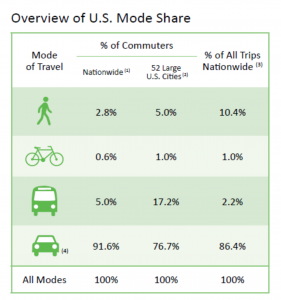
These economic impacts are measured in terms of jobs, revenues for the business and taxes for local governments. Depending on the scope of these studies (statewide or local/regional) the dollar amount of impacts varies significantly. For example, an impact study for biking trails in Orange County, Florida, found that the industry generated $42.5 million sales and output, $10 million in personal income and 516 jobs.
In order to estimate the price premium on property values close to the trails and greenways, economists use hedonic pricing models. These statistical models compare the price of homes similar in size, number of bedrooms, number of bathrooms, age, and other factors, except the homes’ distance from trails. When the price differences are calculated over hundreds of homes, researchers are able to estimate the average price premium for homes near trails. For example, the study for Dakota and Ramsey counties in Minnesota found that a 10 percent increase in urban tree cover within 100 meters from the property increases the average home price $1,371. When tree cover is within 250 meters, the sale price increases price by $836.
The non-market value is the intangible economic value or benefits accrued to a recreationist from recreational activities such as biking, hiking or bird-watching. The economic value is measured by consumer surplus, the difference between the opportunity cost of participating in a recreational activity and the recreationist’s willingness to pay for enjoying such benefits.

Economists use surveys to collect data from the recreationists and apply sophisticated econometric models to determine the dollar value of a biking trip along the trail, features along the trail, and all biking/hiking trails and the greenways located in the area/park. For example, one study estimating the economic value of mountain biking in Moab, Utah, found the economic benefit per person per trip was $585, and the total use value from mountain biking for all six biking trails in Moab was $1.33 million. Trails can bring great benefits to residents by providing opportunities for social connections and a safe place for recreation, physical activity and commuting.
Researchers have found that levels of diabetes, high blood pressure and obesity are all lower in cities that have high shares of commuters bicycling and walking to work. A National Institute of Environmental Health Sciences study conducted in 11 upper Midwestern cities found that if half of short trips (less than five miles) were made by bicycle, the result would prevent 1,295 deaths from the above illnesses and would lower health care costs by $3.8 billion per year.

